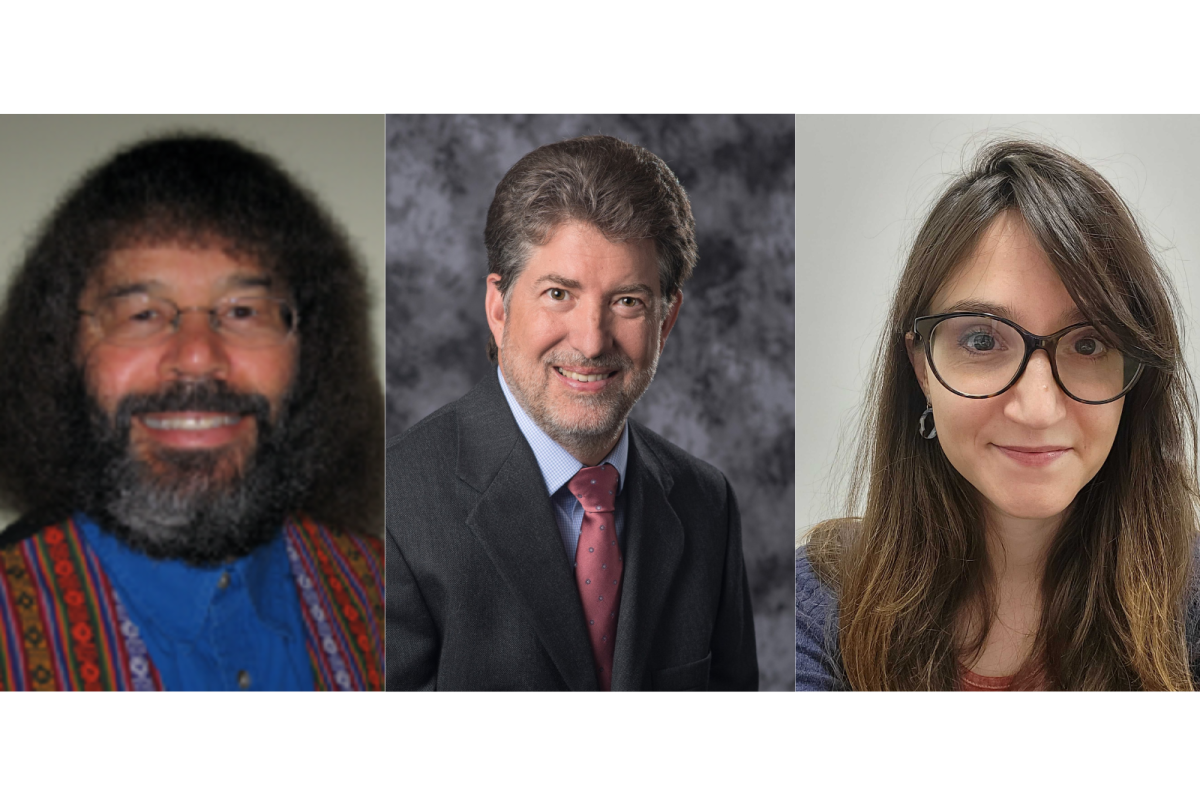UM Investigators Selected as PIs for James Webb Telescope Cycle 3

The Minnesota Institute for Astrophysics congratulates Drs. Chick Woodward, Evan Skillman, and Annalisa Citro on their respective projects being accepted for the General Observer (GO) Cycle 3 observing time on the James Webb Space Telescope (JWST). Peer-review selection of these programs was a result of an international competitive announcement of opportunity call from NASA, that resulted in submission of over 1900 unique proposals requesting over 48,800hrs cumulative number observing time (only about 5100hrs is available to conduct science in Cycle 3). As Principal Investigators (PIs) they will lead their teams to conduct transformative science with NASA’s 6.5m space-based discovery machine.
Dr. Woodward’s study, entitled, “The Enigma of the Recurrent nova T Coronae Borealis - A ToO” has a scientific goal to observe one of the most famous recurrent nova (last recorded eruptions in 1866 and 1946) T Coronae Borealis. Recurrent novae result from the gravitation accretion of matter onto the surface of a white dwarf star that then undergoes a thermonuclear runaway resulting in a nova explosion. Observational investigation of T CrB like systems will further our insight into Type Ia supernovae events and the production of heavy elements that contribute to the next generation of star and planetary system formation as galaxies chemically evolve over cosmic time. The project will have 7 hours of telescope time.
Dr. Skillman’s project “Defining the Dwarf Galaxy Reionization Transition Zone,” seeks to investigate if delayed star formation is typical for lower galaxy masses, potentially unraveling a puzzle that intermediate galaxy regime present as the massive galaxies are not impacted by reionization and low-mass galaxies have their star formation terminally extinguished. A goal of the project is to understand whether low-mass galaxies are engines of reionization in the early Universe. This study will have 15 hours of telescope time.
Dr. Citro's, "JWST as a time machine: weighting the carbon produced exclusively by massive stars," seeks to utilize JWST as a time machine to “travel back in time” and observe stellar populations in galaxies in which only massive stars could have contributed to the release of carbon. This program will help us understand in the early Universe how carbon (a key element for life) is enriched in galaxies. Dr. Citro will use 29 hours of telescope time.
Congratulations to all. We look forward to reading about your findings. Click here for more information about JWST's accepted programs in Cycle 3.